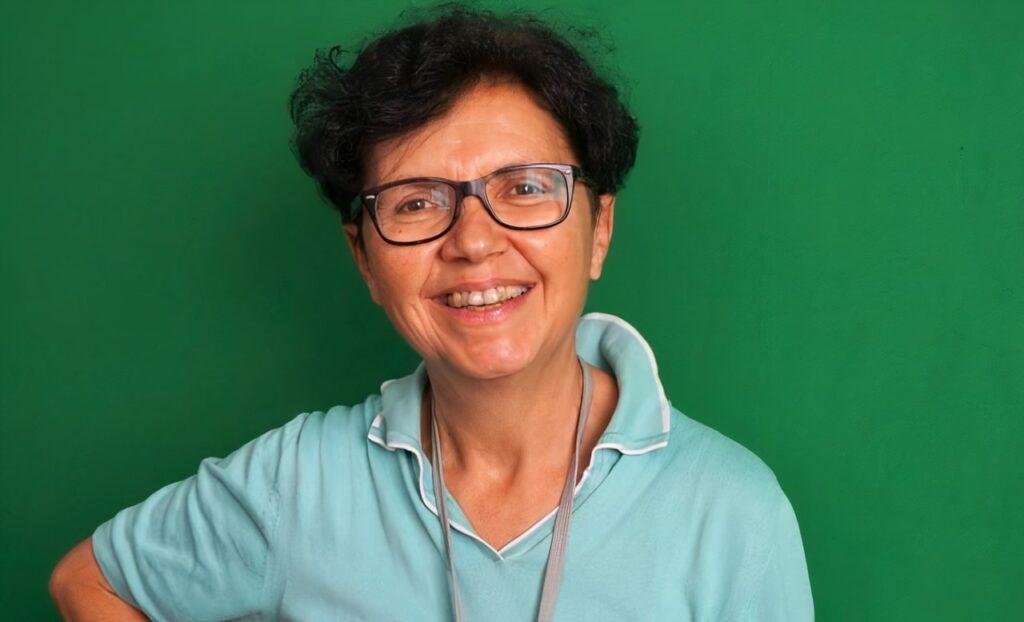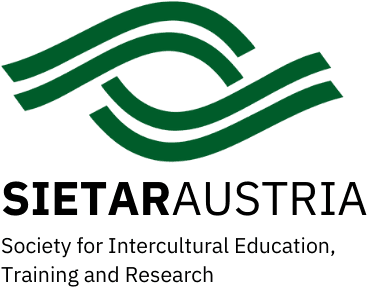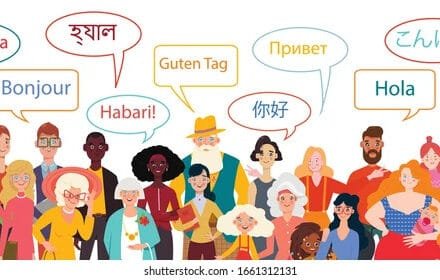
Similar to flowers, which grow when you water and nourish them, languages also need nourishment to strengthen and unfold their full potential. This was the inspiration behind the title of the book “The Growth of Grammar” by Dr. Maria Teresa Guasti, which is perfectly in line with the foundational concept behind The Multilingual Garden, our collaborative partner for this blog. More precisely, The Multilingual Garden acknowledges, “Flowers bloom in different climatic regions and at different times of the year. Similar to languages, which represent different populations, traditions, and cultures.
Moreover, flowers have different scents, colours, and shapes, just as languages have different sounds, words, and grammar.” We should embrace, respect, and value this rich linguistic diversity. Acquiring and learning languages require consistency to extend their full capacity. But what requirements are needed for children to effectively learn a language? Prof. Guasti explains the most important aspects that need to be considered for acquiring a language from an early age.
Who is Maria Teresa Guasti?
Prof. Guasti has a long list of credentials and research projects concerning languages, which highly qualify her as a linguistic expert. She was trained as a theoretical linguist with a Ph.D. from the University of Geneva. Later on, the doctor switched to Language Acquisition and researched First and Early Second Language Acquisition. Furthermore, she continued to work extensively on bilingualism, and developmental language impairment such as dyslexia.
In addition, Prof. Guasti expanded her interest in other cognitive aspects related to developmental language impairment, which includes musical cognition and handwriting. During her recent projects, she collaborated with human-computer interaction scientists to develop interactive technologies based on languages. Moreover, Prof. Guasti took part in many European projects on multilingualism and language impairment.
Language Acquisition and Language Learning
The difference between language acquisition and language learning is related to the idea of growth. The acquisition of a language is something that everyone is bound to, whereas language learning is a choice. According to Prof. Guasti, children acquire a language by being exposed to rich and varied input. The quality of the input of a language that includes among other things, verbs in structural contexts, in active or passive voice, is essential for children. Moreover, being exposed to peers and interacting with other people, as well as language literacy, can improve your oral language. A language-rich experience stimulates language acquisition for children. While acquiring a particular language is the norm, also making mistakes represents an important process for children. Prof. Guasti stated that people are allowed to correct mistakes, yet, if it is not the appropriate moment to pick up the correction, children will not learn from it. Mistakes will vanish as children grow.
Optimal Time Window for Language Learning
Our expert stated that there is an optimal time during our life for acquiring languages. As a general rule, the brain of a child is more flexible which facilitates learning languages and other skills. The brain of a child can restructure and even heal itself from injuries, whereas adults, whose brain is already fully developed, cannot. Thus, the so-called “critical period” ends at the age of three for phonology and the age of seven for syntax. However, studies have revealed that our brain is more flexible than we previously thought, and it is feasible to learn languages as far as by the age of 20 years or even later. Hence, it is practically achievable to study a new language even at an older age.
Moreover, learning languages that share similarities, or which come from the same family such as German and English, seems to be significantly easier than studying a language for example with no inflection. Further, there is a misconception regarding teaching multiple languages to children. Prof. Guasti mentioned that children who grow up in a multilingual environment often understand the language better than they are able to speak, and over time, certain languages become more dominant. Nevertheless, over the course of their life, other languages will catch up and this is the dynamic of being bilingual or even multilingual.
Conclusion
“Flowers are not competitive, and they don’t struggle to prevail over each other, languages sometimes do. Languages sometimes hide, perhaps out of fear. And instead, we should observe all of them and let ourselves be attracted by their beauty. We need to celebrate all languages and listen to the stories they tell us of distant times and places.” These are the lines of the introductory blogpost of The Multilingual Garden, which strengthen our goal at SIETAR Austria of promoting linguistic diversity. Every day, there is a new opportunity to explore new dimensions of languages. As our knowledge and experience grow, so do we as humans.
“Language is the blood of the soul into which thoughts run and out of which they grow.” – Oliver Wendell Holmes, Sr.
Final words:
SIETAR Austria and The Multilingual Garden would like to express their appreciation and gratitude to Prof. Maria Teresa Guasti for sharing her values about the growth of languages.
You can find further information about Prof. Maria Teresa Guasti at:
https://en.unimib.it/maria-teresa-guasti
Furthermore, we are grateful to Dr. Karin Martin for leading The Multilingual Garden and continually acknowledging the value of multilingualism in our societies.
References and Sources:
YouTube Link to Expert Talk with Prof. Maria Teresa Guasti:
Information about The Multilingual Garden:
https://www.linkedin.com/company/the-multilingual-garden/?trk=ppro_cprof&originalSubdomain=at
Picture of Prof. Maria Teresa Guasti:
Link to cover image:
https://images-na.ssl-images-amazon.com/images/I/71YPYWqay9L.jpg


